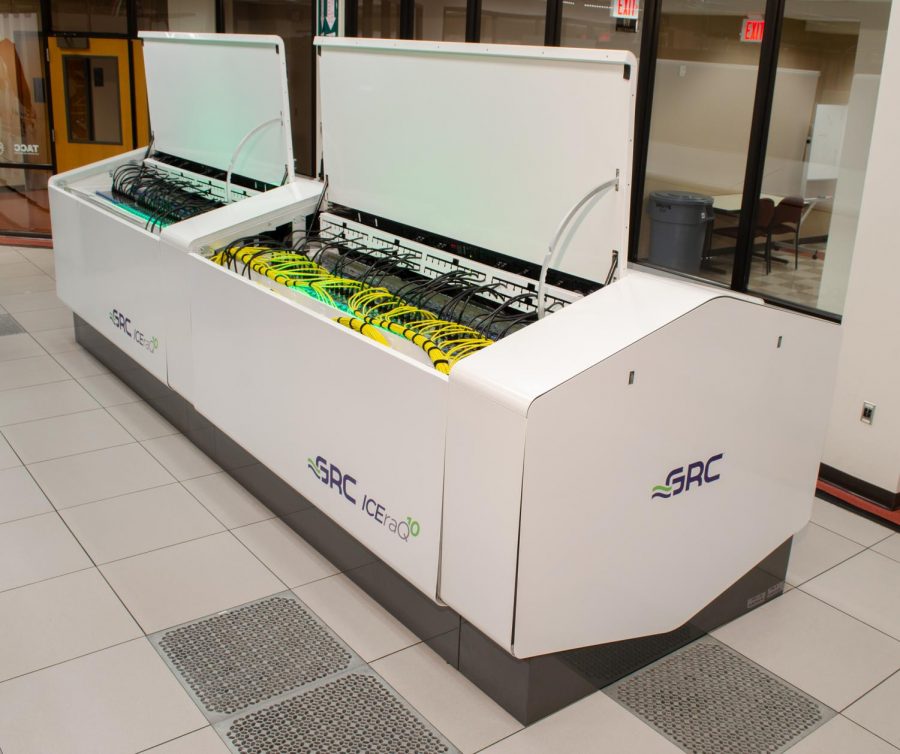UT releases new supercomputer for researchers
November 28, 2021
UT is working on a supercomputer to allow more researchers to perform complex calculations based on their findings.
A collaboration between the University’s Texas Advanced Computing Center and the UT System created Lonestar6, the latest supercomputer in the UT Research Cyberinfrastructure program that will replace Lonestar5. Lonestar6 is available to use for TACC staff and some early expert users around the state for testing, Joe Allen, a research associate at TACC, said in an email.
Aaron Dubrow, a strategic communications specialist at TACC, said in an email the center is transferring existing jobs on Lonestar5 to Lonestar6 and will start accepting new jobs in December. Researchers at any UT System institution and other institutions that contributed to funding will be able to use Lonestar6, according to TACC’s website.
Allen said the added power of Lonestar6 will allow more users to run calculations at once compared to Lonestar5. While neither system is as fast as Frontera, another TACC supercomputer, Allen said they designed the Lonestar series for accessible use in many fields.
“This is built as like a general purpose machine for Texas researchers,” Allen said. “Some of the other machines, … they’re maybe designed for a specific reason, so in terms of being a nice, useful high-capacity machine for the majority of users, Lonestar6 really fits that bill.”
Erin Heilman, a Ph.D. candidate in geophysics and geodynamics, said she is a tester for Lonestar6 and also used Lonestar5 for her research studying the Earth’s interior.
“I can run a significantly bigger problem (using less resources) on Lonestar6 than I could have on Lonestar5, which is definitely nice,” Heilman said.
Antoniette Greta Grima, a postdoctoral research fellow at UT’s Institute for Geophysics, used Lonestar5 to study what happens to tectonics plates as they sink into the Earth’s mantle.
“I’ve dealt with (other supercomputers), and I think that the support TACC provides is … one of the best,” Grima said. “They have seminars and introductory courses that allow you to get started.”
Allen said to keep the experience of using different supercomputers consistent, TACC tries to build its systems to feel similar.
“It’s all free to use for the UT System,” Allen said. “A UT-Austin student (who wants) to run jobs on a supercomputer and (has) a faculty mentor can sign up for an account and just do it.”



